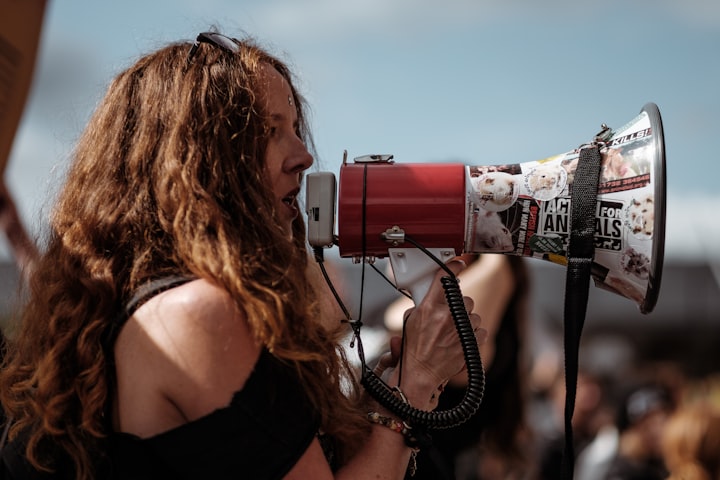
In a human turn of events, voice changes with age. The most striking changes during youth and pre-adulthood are attributable to underlying modifications on the larynx (the voice box) and the vocal rope (overlay) tissues. Besides, hormonal movements that occur during each phase of improvement bring about relating adjustments in the design of the voice box and vocal line tissues. The changes that happen to the voice because of the impacts of the maturing show in modifications in its pitch, coordination, projection, volume, adaptability, tone, and perseverance. Voice changes are distinctive among people and are more articulated in guys as they develop from youth to pre-adulthood. The progressions are unmistakable among ladies during menopause as changes in the degrees of chemicals in the body occur. Chemicals and changes in the design of the vocal folds and larynx are significant reasons people experience changes in the pitch, volume, tone, and coordination of their voices as they go through the different phases of advancement.
The voice box is the segment of the respiratory lot answerable for the creation of sound. It contains the vocal ropes and is situated between the windpipe and the pharynx. The voice box is around 2-inch long, and it goes through critical changes that modify the voice as a singular age. The pitch of the sound delivered by the voice box relies upon the level of withdrawals experienced in the vocal rope muscles (Handa, 2017). Youngsters usually have little voice boxes and small vocal strings. Subsequently, their higher voices contrasted with those of grown-ups. Their voices extend as they go through pubescence because of the impact of chemicals on their creating bodies. As referenced before, young men's voices get further and are perceptible.
The voice box expands, and the vocal strings develop longer and thicker. For example, other formative components, more enormous depressions in the sinuses and more significant throat cavities, make more space for the voice to resonate (Handa, 2017). By and large, a kid's voice breaks or breaks, and this proceeds for a couple of months as the larynx keeps on developing. The voice balances out once the larynx quits producing and the vocal strings quit amplifying. More seasoned individuals experience difficulties with phonation. A review directed by Vaca, Mora, and Cobeta (2015) discovered that more established individuals revealed diminished phonation times when contrasted with more youthful individuals. Age-related changes that influence the larynx cause more limited phonation times because of a bumbling glottal conclusion (Vaca et al., 2015).
The vocal folds change the voice by managing the measure of air that drops of the lungs. As an individual develops more established, the control of wind current over the vocal folds becomes less effective. It results in a condition known as the presbylarynx. Presbylarynx is described by the decay of the larynx's delicate tissues, which brings about a frail voice with restricted reach and endurance (Handa, 2017). In such a manner, the agent of a more seasoned individual loses its tone and versatility. Maturing influences the volume and projection of the voice in light of a debilitated respiratory framework. An exploration study led by Lortie, Thibeault, Guitton, and Tremblay (2015) uncovered that despite the progressions that influence voice creation because of maturing, the capacity to change the recurrence and plentifulness of voice is held. They discovered that components, for example, discouragement and nervousness effects affect voice quality.
Youngsters experience minor changes in their voices as the larynx and vocal rope tissues undergo restricted development during youth. Much of the time, the agent is steady and has a high pitch. The voice enclosed is found higher the neck and stays unaltered regarding its size and area (Family Health Team, 2017). Besides, the size of the vocal folds changes by an immaterial factor. The most sensational changes happen during immaturity as chemical creation increments.
The voice changes the most during pubescence because of chemical instigated adjustments. During adolescence, the vocal string tissues expand in size (Family Health Team, 2017). The larynx makes the pitch of the voice drop as it becomes more prominent and thicker. The voice box broadens and drops down lower in the neck. These progressions happen in the two guys and females.
Notwithstanding, the adjustment of voice is more articulated in guys as they foster an average hopping pitch. The female voice pitch drops by an immaterial sum and is less recognizable (Family Health Team, 2017). The voice usually balances out before the finish of the adolescence stage.





Comments
There are no comments for this story
Be the first to respond and start the conversation.